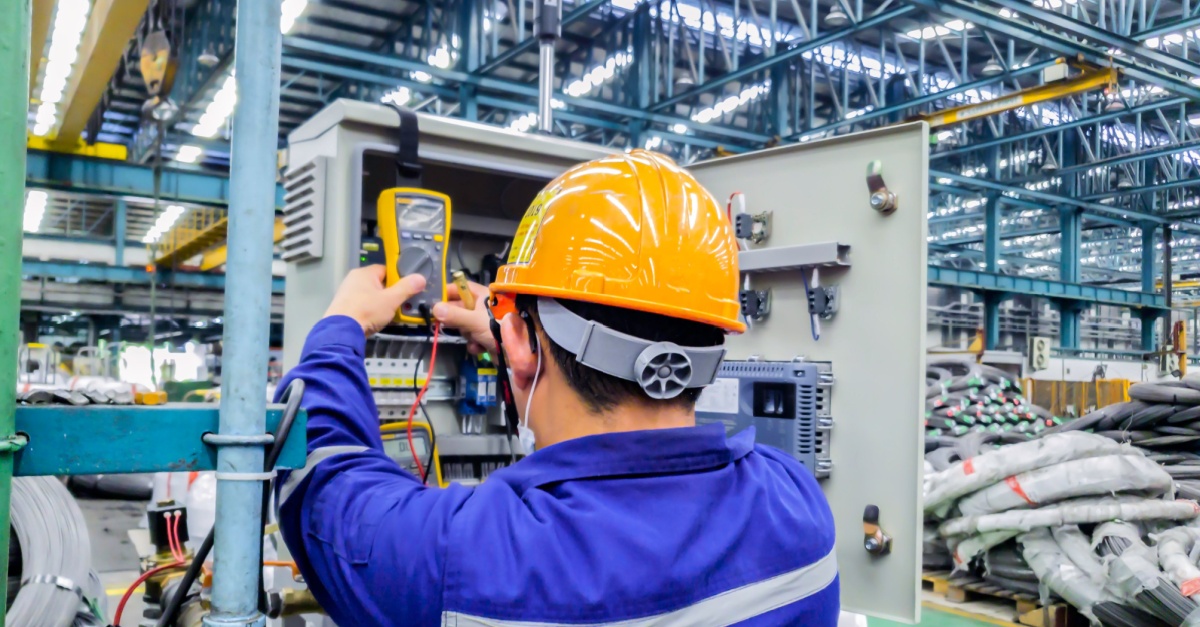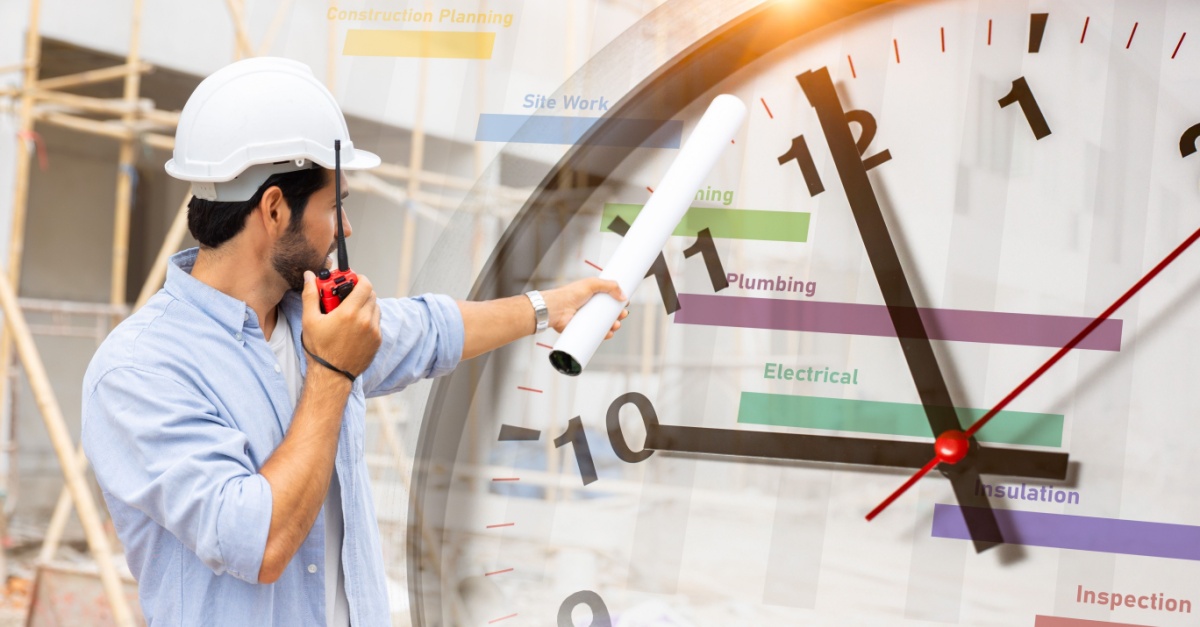
Customers First: The Impact of Facility Maintenance on Customer Experience
June 10, 2025
Your facility maintenance budget just got questioned again in the quarterly review. Yet, what you’re saying is falling on deaf ears as your phone won’t stop ringing — broken chillers, slip-and-fall incidents, and customer complaints that all trace back to “facility issues.”
Here’s what those budget meetings are missing — and something you can’t put a dollar amount on: Every maintenance decision you make today directly impacts how customers experience your business tomorrow. When your HVAC fails, floors stay dirty, and equipment breaks down during peak hours, customers notice immediately. And they remember.
You’ve probably seen the connection firsthand. Clean, well-maintained facilities keep customers comfortable and coming back. Broken-down buildings send them straight to competitors. It’s that simple.
But proving this connection to executives? That’s the hard part. How do you show the C-suite that proactive maintenance isn’t just a cost — it’s what keeps customers walking through your doors?
The answer lies in understanding exactly how facility conditions shape every customer interaction, from when they arrive until they leave. Everything changes once you connect the dots.
Maintenance Impact on Customer Satisfaction and Brand Loyalty
The numbers tell a story that spans every industry you can think of.
In retail, 70% of shoppers with a bad experience will blame a dirty store — 69% of them head straight to your competitor afterward. Restaurants feel the sting even more: When cleanliness issues pop up in 6-9% of reviews, those ratings plummet to 3.2 out of 5, nearly a full star below average.
Hotels learned this lesson the hard way. The 2024 J.D. Power study found that with higher room rates, travelers now scrutinize “room cleanliness and facilities maintenance” like never before. Fall short of expectations, and both satisfaction and perceived value tank. Healthcare facilities face even higher stakes — HCAHPS scores hinge heavily on cleanliness, and hospitals using real-time audits for “clean, well-stocked restrooms” see immediate bumps in patient satisfaction scores.
Even office buildings can’t escape this reality: 92% of property managers admit tenants “want more” from their buildings, and 79% of decision-makers factor green building certifications into their real estate choices. Banks discovered that neglected branches — think broken ATMs, poor lighting, closed teller windows — drive account attrition faster than you can say “customer churn.”
The pattern repeats everywhere: When facilities work properly, customers stick around. When they don’t, customers vote with their feet.
Reactive (Neglected) vs. Proactive Maintenance — Real-World Outcomes
There are two types of facility managers in this world: those who fix problems before they happen and those who spend weekends fielding angry calls from customers about broken everything. Guess which one sleeps better at night?
The ‘We’ll Deal With It Later’ Disaster
Reactive maintenance turns your facility into a ticking time bomb of customer disappointment. Take a forgotten grease trap contaminating food — suddenly, you’re dealing with sick diners, forced shutdowns, and lost customers who’ll never return. Equipment failures and sanitation problems don’t just halt operations; they create costly downtime that adds up to $400 billion globally and leaves permanent brand scars.
Social media makes everything worse. Customers now photograph and post every unsanitary condition, broken fixture, and malfunctioning system they encounter. That flickering neon sign or broken Wi-Fi connection makes your business look “second-rate” to customers who expect seamless experiences. Reactive maintenance costs 12-18% more than preventive programs over time, and the hidden cost shows up as inconsistent service and plummeting customer satisfaction scores. When maintenance becomes the story, instead of staying invisible, you’ve already lost.
The ‘Fix It Before It Breaks’ Winners
Meanwhile, smart facilities flip the script entirely. Restaurant chains deploy IoT sensor alerts and routine inspections that catch oven failures or restroom issues before guests notice, keeping service flowing and satisfaction scores high. Hospitals implement QR codes and digital audits for cleanliness so staff can fix leaking faucets or dirty bathrooms immediately — resulting in “measurable enhancement in patient satisfaction.”
When maintenance works right, it becomes invisible. Customers walk into clean, functional spaces and focus on why they came — buying, eating, healing, banking. The facilities fade into the background where they belong and support the experience instead of sabotaging it. Proactive maintenance delivers fewer outages, lower emergency costs, and customers who actually recommend your business to friends.
Best Practices to Get Results
You know those facilities that somehow never seem to have emergencies? Where customers complain about everything except the building itself? They’re not lucky — they’re following a playbook that turns streamlined maintenance into a competitive advantage.
- Get Predictive and Preventive: Preventive schedules and predictive analytics catch problems before they catch customers. Smart HVAC controls and IoT sensors save around 20% on maintenance costs while avoiding that 12-18% premium you pay for reactive fixes.
- Make Work Orders Work for You: Automated workflows turn every complaint into an immediate ticket with real-time status updates. Customers stay calm when they know you’re doing something, even if the problem isn’t fixed yet.
- Let Your Data Do the Talking: Analytics platforms show you exactly where to spend money and where you’re wasting it. Historical patterns help you budget for winter snow removal and summer AC spikes before they blindside your operations.
- See Your Building Through the Customer’s Eyes: Focus on what customers notice — lighting, restroom cleanliness, temperature, and flow. Simple moves like maintenance signage and temporary fixes (space heaters for broken AC) turn frustration into understanding.
- Track What Matters Most: Mix operational metrics (asset uptime, mean time to repair) with customer satisfaction scores. Top teams target 85-90% preventive maintenance compliance and tie everything back to business outcomes: fewer complaints, higher sales, and better retention.
The Key Takeaway: Your Facilities Are Either Building Your Brand or Breaking It
When facilities work flawlessly, customers focus on your actual business — buying products, enjoying meals, receiving care, conducting transactions. When they break down, customers start talking about broken toilets and flickering lights instead of recommending your services to friends. Neglected buildings kill revenue faster than any marketing budget can replace it, and that’s exactly why smart facility managers no longer treat maintenance as overhead but rather as the connective tissue that leads directly to customer retention, satisfaction scores, and bottom-line results.
We’ve spent years watching businesses lose customers because their facilities fell apart at the worst possible moments. That’s why we built BrandPoint Services — to stop those 3 a.m. emergency calls about broken HVAC systems during heat waves and leaking pipes during grand openings. We cover over 25 service types with 24/7/365 availability across the U.S. and Canada, using our network of prequalified contractors who show up when they say they will.
Our preventive maintenance programs use IoT sensors and data analytics to catch problems before your customers notice them, while our dedicated account teams keep you informed every step of the way. We’ve helped clients maintain brand consistency across hundreds of locations, reduce unplanned downtime, and turn facility maintenance from a constant headache into a competitive advantage.
Ready to make facility maintenance work for your business instead of against it? Connect with BrandPoint Services to learn more.





